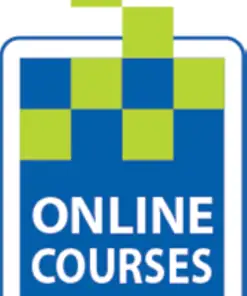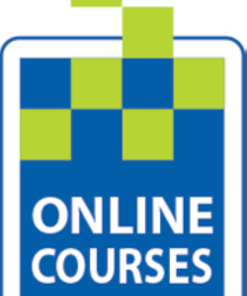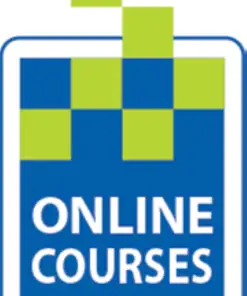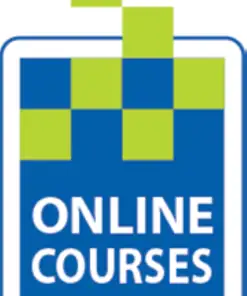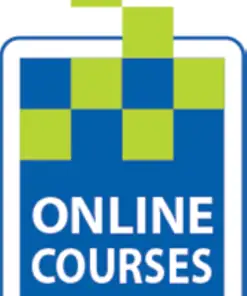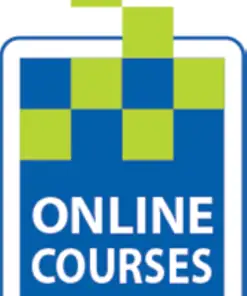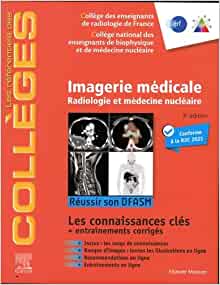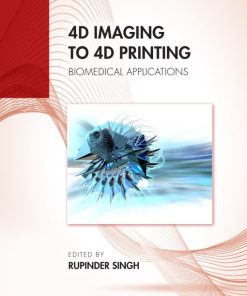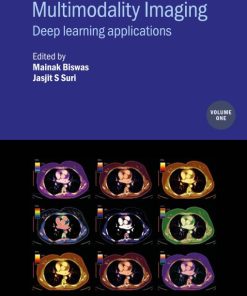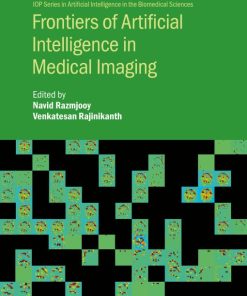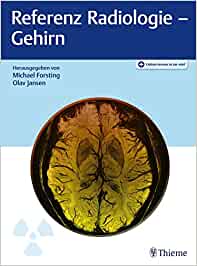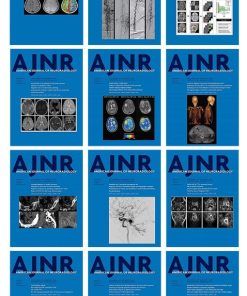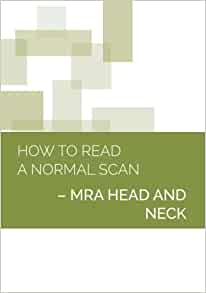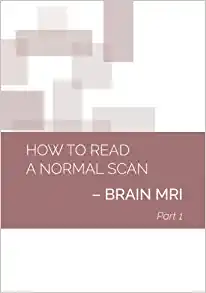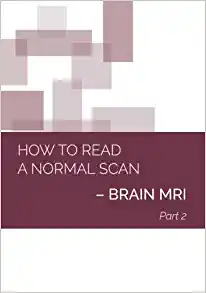Discover the Best Radiology Books Now!
Are you looking for the best radiology books to help you stay up-to-date with the latest advances in the field? Look no further than Radiology Books . Our selection of radiology books covers a wide range of topics, from basic radiographic principles and techniques to advanced imaging modalities. Whether you’re a student or a practicing radiologist, you’ll find the perfect book to help you stay informed and on top of your game. With our extensive collection of titles, you can easily find the right book to meet your needs. Plus, we offer free shipping on all orders over $50, so you can get the books you need without breaking the bank. Don’t wait – explore our selection of radiology books today and start learning more about this fascinating field!
Radiology Books
Radiology Books
Critical Case Findings and Practice Management in the ED Online Course 2022 (CME VIDEOS)
Radiology Books
Radiology Books
Challenging Cases in Thoracic Imaging: Unknown Film Panel Session Online Course 2022 (CME VIDEOS)
Radiology Books
Radiology Books
Reading Cases with the Experts: An Interactive Session Online Course 2022 (CME VIDEOS)
Radiology Books
Tumor Imaging: CT Colonography Online Course 2022 (CME VIDEOS)
Radiology Books
Radiology Books
Radiology Books
Radiology Books
Multimodality Imaging, Volume 1 (Original PDF from Publisher)
Radiology Books
Frontiers of Artificial Intelligence in Medical Imaging (Original PDF from Publisher)
Radiology Books
Radiology Books
Absolute Breast Imaging Review (Original PDF from Publisher)
Radiology Books
Fuzzy Sets Methods in Image Processing and Understanding (Original PDF from Publisher)
Radiology Books
Radiology Books
American journal of Neuroradiology 2022 Full Archives (True PDF)
Radiology Books
How to Read a Normal Scan : Brain CT (High Quality Image PDF)
Radiology Books
How to read a Normal Scan: Spine MRI (High Quality Image PDF)
Radiology Books
How to Read a Normal Scan : SPINE CT (High Quality Image PDF)
Radiology Books
Magnetic Resonance Imaging of The Pelvis: A Practical Approach (Original PDF from Publisher)
Radiology Books
Introduction
Radiology books are essential resources for medical professionals and students alike. They provide comprehensive information on the diagnosis and treatment of diseases and conditions related to radiology, including anatomy, physiology, pathology, imaging techniques, and more. Radiology books can help readers gain a better understanding of the field and stay up-to-date with the latest developments in the field. With a wide range of topics covered, these books offer valuable insight into the world of radiology and can be used as reference materials for both medical professionals and students.
Introduction to Radiology: A Guide for Medical Students
Introduction to Radiology: A Guide for Medical Students is an essential resource for medical students who are interested in learning more about the field of radiology. This comprehensive guide provides a thorough overview of the fundamentals of radiology, including its history, current trends, and future directions. It also covers the various imaging modalities used in radiology, such as X-ray, CT, MRI, ultrasound, and nuclear medicine. Additionally, it explains the principles of radiation safety and protection, as well as the ethical considerations involved in the practice of radiology.
The book begins with an introduction to the history of radiology, from its beginnings in the late 19th century to its current status as a vital part of modern healthcare. It then moves on to discuss the different imaging modalities used in radiology, including their advantages and disadvantages. The book also covers the basics of radiation safety and protection, including the types of radiation used in radiology, the effects of radiation on the body, and the importance of proper shielding and protective equipment.
In addition to providing an overview of the fundamentals of radiology, Introduction to Radiology: A Guide for Medical Students also includes detailed information on the various imaging techniques used in radiology. It explains the principles behind each technique, as well as the indications for their use. It also discusses the various types of contrast agents used in radiology, such as iodinated contrast media and gadolinium-based contrast agents.
Finally, the book covers the ethical considerations involved in the practice of radiology. It explains the importance of informed consent, patient confidentiality, and the need for accurate reporting of results. It also discusses the potential risks associated with radiation exposure, as well as the importance of adhering to established protocols and guidelines.
Overall, Introduction to Radiology: A Guide for Medical Students is an invaluable resource for medical students who are interested in learning more about the field of radiology. It provides a comprehensive overview of the fundamentals of radiology, as well as detailed information on the various imaging techniques used in radiology. Additionally, it covers the principles of radiation safety and protection, as well as the ethical considerations involved in the practice of radiology.
Diagnostic Imaging: Principles and Applications
Diagnostic Imaging: Principles and Applications is a comprehensive textbook that provides an in-depth look at the principles and applications of diagnostic imaging. It covers a wide range of topics, from basic physics to advanced imaging techniques, and is designed to help medical professionals understand the fundamentals of diagnostic imaging.
The book begins with an introduction to the basics of diagnostic imaging, including the physics of imaging, the different types of imaging modalities, and the various imaging techniques used in clinical practice. It then moves on to discuss the principles of image formation, including the use of contrast agents, radiation safety, and image processing. The book also covers the principles of image interpretation, including the use of computer-aided diagnosis and the role of radiologists in interpreting images.
The book also covers the practical aspects of diagnostic imaging, such as patient positioning, imaging protocols, and the use of contrast agents. It also discusses the use of imaging in the diagnosis and treatment of diseases, including cancer, cardiovascular disease, and neurological disorders. In addition, the book covers the use of imaging in interventional procedures, such as angiography and endoscopy.
Finally, the book provides an overview of the latest advances in diagnostic imaging, including the use of artificial intelligence and machine learning in image analysis. It also covers the ethical considerations associated with the use of imaging technology, as well as the legal implications of using imaging in clinical practice.
Overall, Diagnostic Imaging: Principles and Applications is an invaluable resource for medical professionals who need to understand the fundamentals of diagnostic imaging. It provides a comprehensive overview of the principles and applications of diagnostic imaging, and is an essential reference for any medical professional involved in the diagnosis and treatment of patients.
Radiologic Science for Technologists: Physics, Biology, and Protection
Radiologic Science for Technologists: Physics, Biology, and Protection is a comprehensive guide to the field of radiologic science. It provides an in-depth look at the physics, biology, and protection aspects of radiologic technology. The book covers topics such as radiation safety, radiation physics, imaging systems, radiation biology, and radiation protection. It also includes information on the history of radiologic science, current trends in the field, and the future of radiologic technology.
The book begins with an introduction to the fundamentals of radiologic science, including the principles of radiation safety, radiation physics, and radiation biology. It then moves on to discuss the various imaging systems used in radiologic technology, such as X-ray, computed tomography (CT), magnetic resonance imaging (MRI), and ultrasound. It also covers the different types of radiation protection measures that are used to protect patients and healthcare workers from the harmful effects of radiation.
The book also provides an overview of the history of radiologic science, from its beginnings in the late 19th century to its current status as a vital part of modern healthcare. It discusses the development of new technologies and techniques, as well as the impact of these advances on patient care. Additionally, it examines the ethical considerations associated with radiologic technology, such as informed consent and patient privacy.
Finally, the book looks at the future of radiologic science, exploring potential applications of the technology in areas such as medical imaging, cancer treatment, and other medical specialties. It also examines the challenges and opportunities that lie ahead for radiologic technologists.
Overall, Radiologic Science for Technologists: Physics, Biology, and Protection is an essential resource for anyone interested in learning more about the field of radiologic science. It provides a comprehensive overview of the subject, from its fundamentals to its current and future applications. With its clear explanations and detailed illustrations, this book is an invaluable resource for students, professionals, and anyone else looking to gain a better understanding of radiologic technology.
Radiologic Pathology for Technologists
Clinical Radiology: The Essentials
Clinical Radiology: The Essentials is a comprehensive guide to the fundamentals of radiology. It provides an overview of the principles and techniques used in clinical radiology, as well as the latest advances in imaging technology. This book is designed to help medical students, residents, and practitioners understand the basics of radiology and how to apply them in practice.
The book begins with an introduction to the field of radiology, including its history, scope, and current trends. It then covers the physics of radiation, including the properties of X-rays, gamma rays, and other forms of radiation. It also explains the various imaging modalities used in radiology, such as computed tomography (CT), magnetic resonance imaging (MRI), ultrasound, and nuclear medicine.
The book then moves on to discuss the clinical applications of radiology, including diagnosis and treatment planning. It covers topics such as radiographic anatomy, pathology, and trauma. It also discusses the use of contrast agents and radiation safety.
The book also includes chapters on interventional radiology, which covers procedures such as angiography, biopsy, and embolization. It also covers the use of radiation therapy for cancer treatment.
Finally, the book provides an overview of the legal and ethical considerations of radiology. It covers topics such as informed consent, patient privacy, and malpractice.
Overall, Clinical Radiology: The Essentials is an invaluable resource for anyone interested in learning more about the fundamentals of radiology. It provides a comprehensive overview of the field, from its history and scope to the latest advances in imaging technology. It is an essential reference for medical students, residents, and practitioners alike.
Conclusion
Radiology books are an invaluable resource for radiologists, medical students, and other healthcare professionals. They provide detailed information on the latest techniques and technologies in the field of radiology, as well as comprehensive coverage of anatomy, physiology, pathology, and imaging modalities. Radiology books come in a variety of sizes, from pocket-sized reference guides to large textbooks. No matter what size you choose, these books can help you stay up-to-date with the latest developments in the field and provide you with the knowledge and skills you need to excel in your career.


